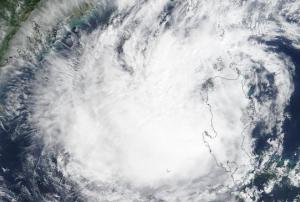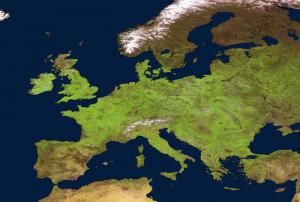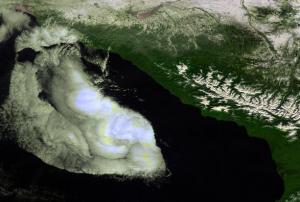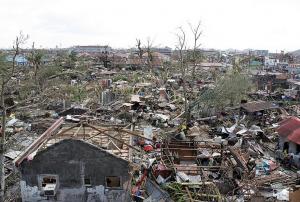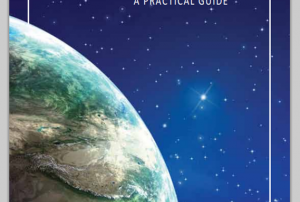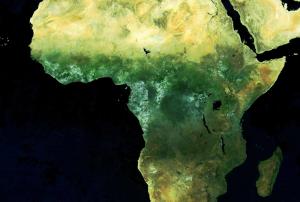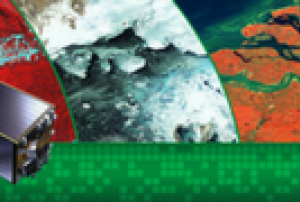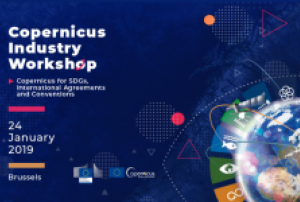In the last days the Copernicus Emergency Management Service was activated by the Philippines affected by the tropical cyclone Koppu, Croatia affected by floods in the Karlovac region and Italy affected by floods and landslides in the Campania region.
On October 17 the Republic of the Philippines was struck by the powerful tropical cyclone Koppu, causing severe damages in many provinces of the Philippines. The cyclone provoked landslides and floods, damaging trees and houses, forcing thousands of people to evacuate, several casualties had been reported. The Copernicus Emergency Management Service was activated on October 17 requesting delineation maps; two delineation maps had been delivered showing the flood extent.
Since October 15 the Republic of Croatia experiences heavy rainfall in the Karlovac region, causing floods and affecting buildings and roads. The Copernicus Emergency Management Service was activated on October 16 requesting delineation maps; five...
more